In today’s world, there are various approaches to healthcare that go beyond conventional medicine. These approaches, known as complementary and alternative medicine (CAM), offer alternative options for managing health conditions and improving overall well-being. This article will explore the different types of complementary, alternative, and integrative therapies available.
Table of Contents
What is Complementary and Alternative Medicine?
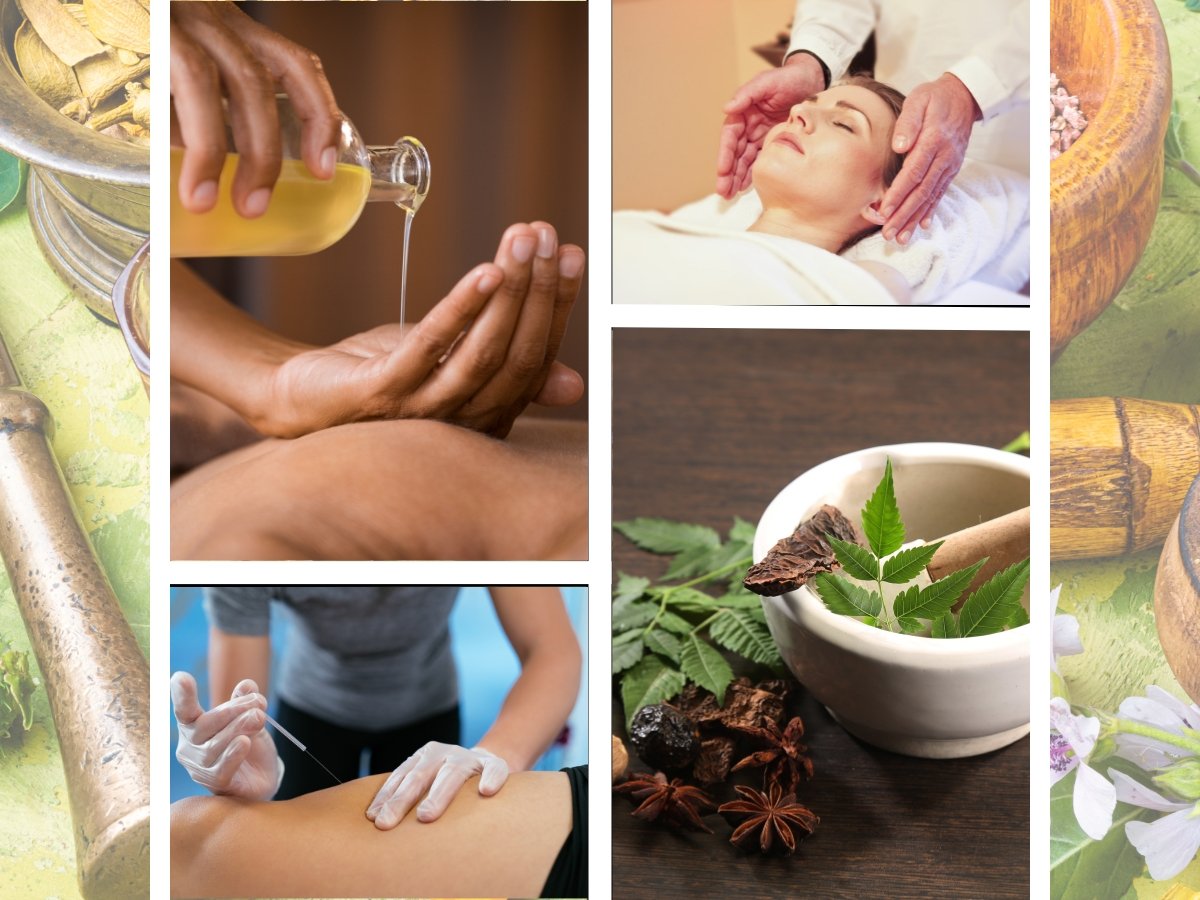
Definition of complementary and alternative medicine
This type of medicine refers to a range of medical practices that are used together with conventional medical treatments. These therapies may include various modalities such as acupuncture, botanical medicine, massage therapy, and mind-body techniques like meditation and hypnosis.
Benefits of Natural Medicine
One of the main benefits of these medicines is that it takes a holistic approach to healthcare, focusing on treating the whole person rather than just the symptoms. These therapies aim to promote healing, reduce anxiety and stress, and improve overall well-being. They can be used alongside Allopathic Medicine to enhance the effectiveness of treatment and improve patient outcomes.
What are the Different Types of Complementary Therapies?
Acupuncture

Acupuncture has been used for thousands of years in traditional Chinese medicine. It involves the insertion of thin needles into specific points on the body to stimulate and balance the flow of energy, known as Qi. Acupuncture is believed to help restore the body’s natural balance and promote healing. It can be used in conjunction with other forms of treatment to enhance their effectiveness and alleviate symptoms.
This ancient practice is thought to address a wide range of Medical Conditions, including chronic pain, anxiety, infertility, and digestive disorders. However, it is important to consult with a trained practitioner and understand that acupuncture should not be the sole treatment for serious medical conditions.
Reiki
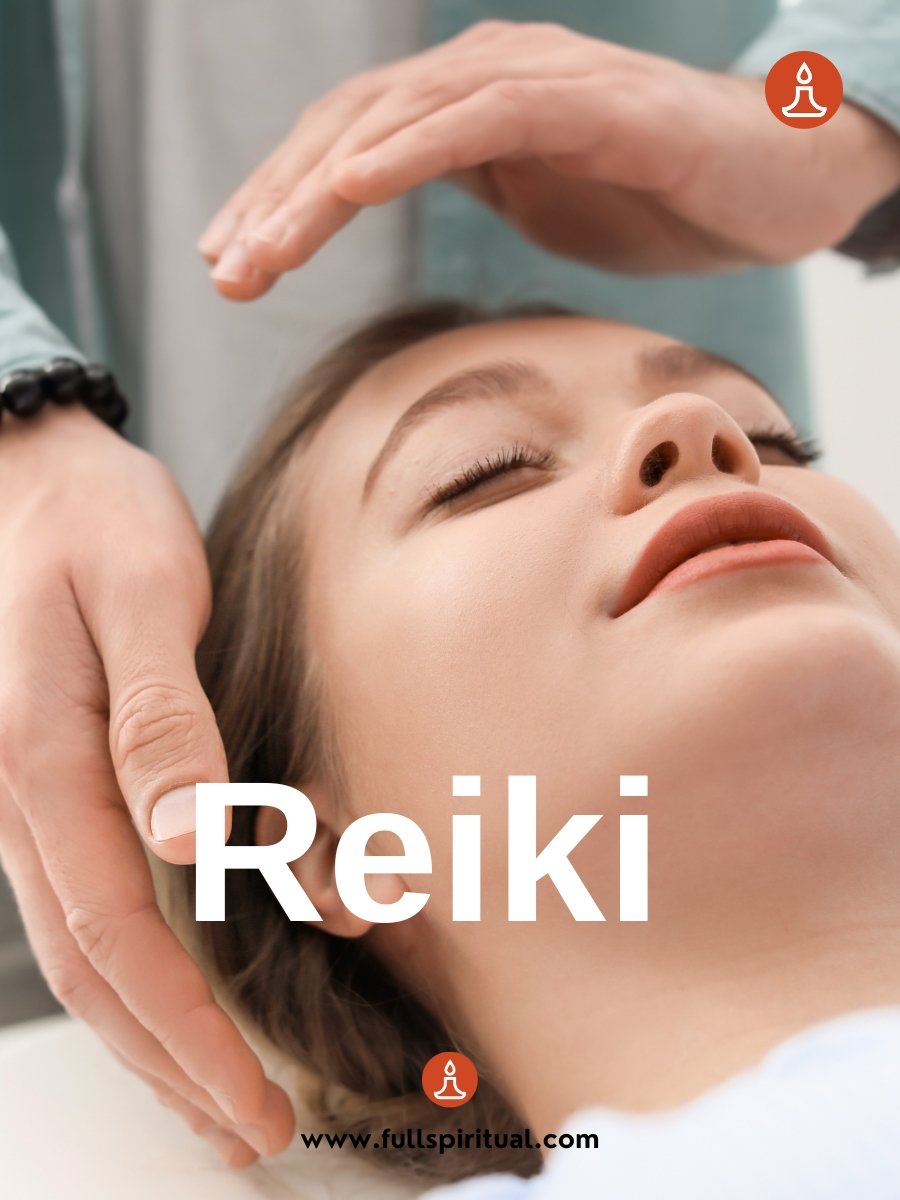
Reiki is an alternative healing method that originated in Japan. It is based on the belief that there is an energy flow within the body that can be harnessed for healing purposes. Reiki practitioners use their hands to direct this energy flow into the recipient’s body, with the intention of restoring balance and promoting overall well-being. The concept of energy flow, also known as chi or life force, is central to Reiki practices. It is believed that when this energy flow is disrupted or blocked, it can lead to physical, mental, and emotional imbalances
Through the use of gentle touch or even just hovering their hands above the body, Reiki practitioners aim to stimulate and restore the natural energy flow, allowing the body to heal itself. This healing touch is said to alleviate pain, reduce stress, and promote relaxation. Reiki is a non-invasive and gentle form of alternative healing, making it suitable for individuals of all ages and medical conditions.
Reflexology
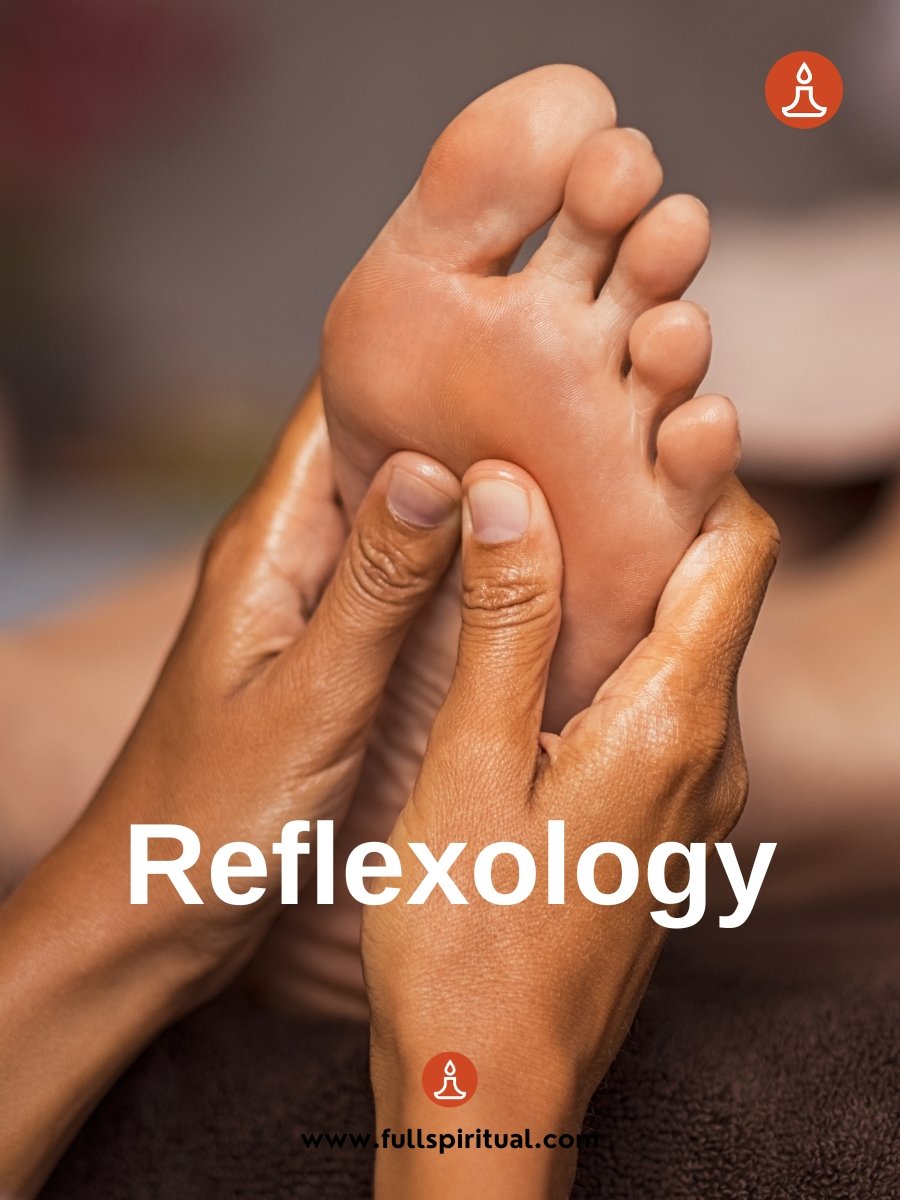
This is a popular alternative healing method that focuses on applying pressure to specific points on the hands, feet, and ears. Proponents say these points correspond to different organs, systems, and body parts. By stimulating these points, reflexology aims to promote overall health and well-being. It is believed that reflexology can improve circulation, relieve stress, and help the body achieve a state of balance and harmony.
While scientific evidence supporting the effectiveness of reflexology is limited, many people find it a relaxing and enjoyable therapy. It can be used alongside traditional medical treatments to support healing and provide a sense of calmness and rejuvenation.
Herbal Medicine and Botanical Remedies
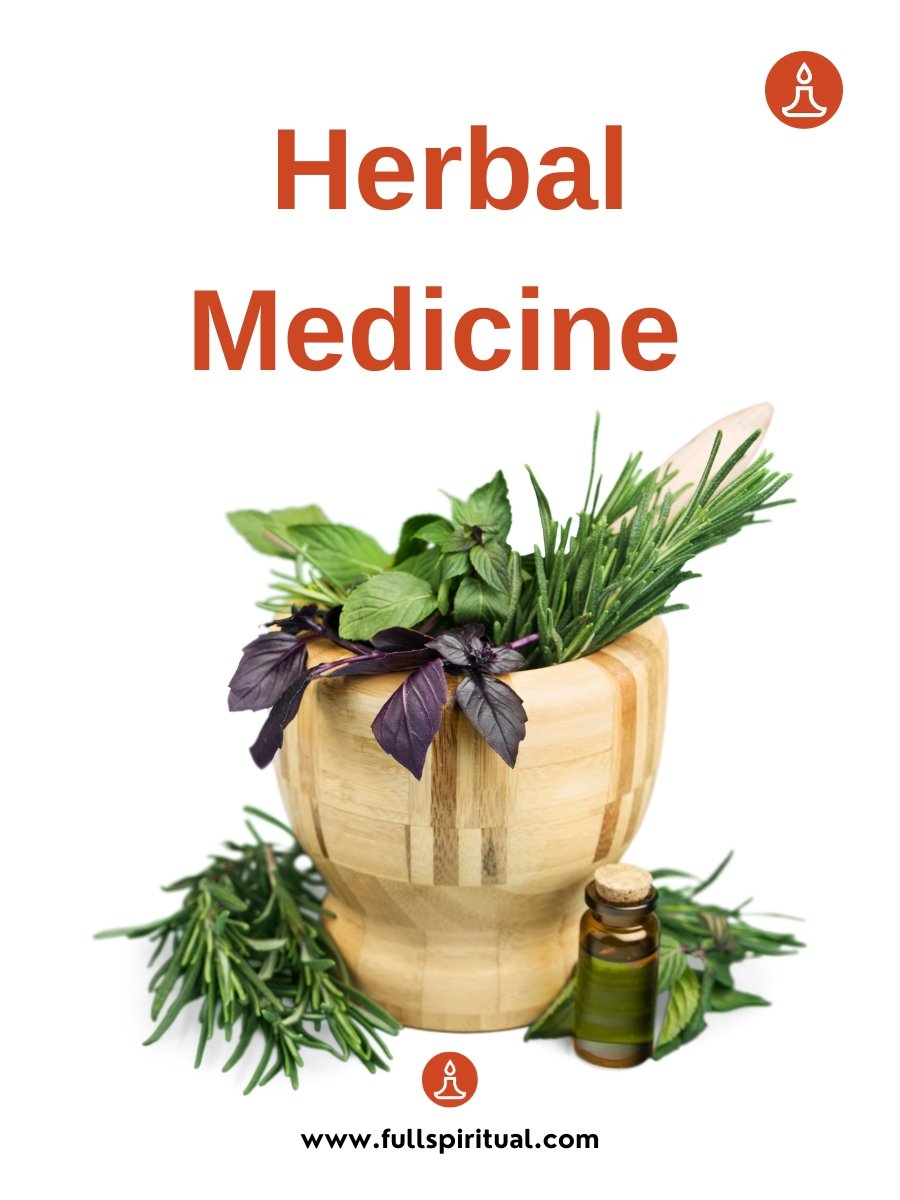
Botanical medicine or phytotherapy, is the use of plants for medicinal purposes. This practice has a long historical usage, dating back to ancient civilizations such as the Egyptians and Greeks. Throughout history, various plants and herbs have been used for their healing properties, addressing a wide range of medical conditions.
In modern times, botanical medicine continues to be popular due to its natural approach and potential health benefits. Some popular herbs include echinacea for immune support, turmeric for its anti-inflammatory properties, and lavender for relaxation and stress relief. Herbal medicine offers an alternative approach to Allopathic Medicine, providing a variety of options for individuals seeking natural remedies for their health concerns.
Homeopathy
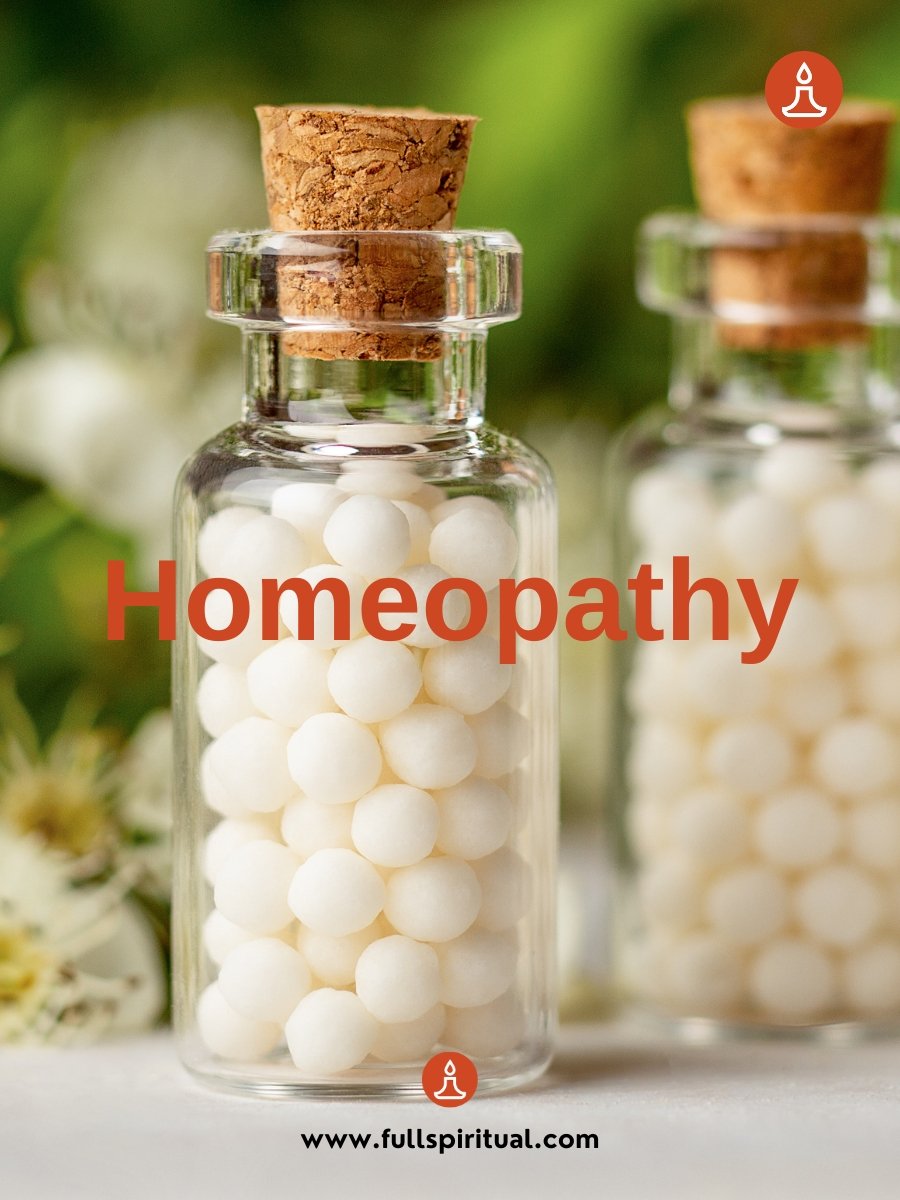
Homeopathy is a treatment that uses highly diluted substances to stimulate the body’s natural healing processes. Based on the principle of “like cures like”, homeopathic remedies are chosen based on the individual’s unique symptoms and constitutional characteristics. This is often used for chronic conditions and can be safely used alongside conventional treatments.
Aromatherapy

This is an alternative healing method that utilizes essential oils for wellness. Essential oils are concentrated plant extracts that are known for their therapeutic properties. These oils can be inhaled, applied topically, or even ingested to promote physical and emotional well-being. Popular scents used in aromatherapy include lavender, chamomile, and eucalyptus, each with its own unique effects.
Lavender is widely used for its calming and relaxing properties, making it an excellent choice for promoting better sleep and reducing anxiety. Chamomile, on the other hand, is known for its soothing and anti-inflammatory effects, making it beneficial for skin conditions such as eczema and dermatitis. Eucalyptus, with its invigorating and decongestant properties, is commonly used to relieve respiratory issues like congestion and sinusitis.
By harnessing the power of these popular scents, this offers a holistic approach to healing and wellness. Whether it is for relaxation, stress relief, or combating certain health conditions, essential oils, and their aromatherapeutic benefits are gaining popularity as a natural and effective healing method.
Holistic Lifestyle and Preventive Measures
A holistic lifestyle includes adopting preventive measures to enhance overall health and well-being. One key aspect is nutrition, which plays a vital role in healing. A well-balanced diet provides essential nutrients, vitamins, and minerals that support the body’s immune system and promote the healing process.
Eating wholesome foods rich in antioxidants, such as fruits, vegetables, whole grains, and lean proteins, can help reduce inflammation and strengthen the body’s defense against diseases. Additionally, physical activity is crucial for holistic health. Regular exercise not only improves cardiovascular health and builds strong muscles, but it also enhances mental clarity and reduces stress. Engaging in activities like walking, cycling, or yoga releases endorphins, boosting mood and promoting a sense of well-being.
Furthermore, emotional well-being greatly influences healing. Stress and negative emotions can hinder the body’s ability to heal. Practicing relaxation techniques, mindfulness, and cultivating positive social connections can improve emotional well-being, which in turn supports the healing process. By addressing these three pillars of a holistic lifestyle – nutrition, physical activity, and emotional well-being – individuals can enhance their overall well-being and prevent future health issues.
What are the Different Types of Medical Systems?
Traditional Chinese Medicine
Traditional Chinese Medicine (TCM) is an ancient system that involves various modalities including acupuncture, botanical medicine, and dietary therapy. TCM aims to balance the flow of Qi, or life force energy, in the body to promote health and prevent disease. It is commonly used for conditions such as pain, digestive disorders, and stress-related illnesses.
Chiropractic Medicine
Chiropractic medicine is an approach that focuses on the musculoskeletal system and its impact on overall health. Chiropractors use manual techniques, such as spinal adjustments, to correct misalignments and restore proper function in the body. This therapy is commonly used for back pain, neck pain, and other musculoskeletal conditions.
Herbal Medicine
Herbal medicine involves the use of plant-based remedies to treat various health conditions. Different herbs have different therapeutic properties and can be used in the form of teas, tinctures, or capsules. Botanical medicine has been used for centuries and can complement conventional treatments by supporting the body’s natural healing processes.
Integrative Medicine and Complementary Therapies
Integrative medicine is a patient-centered approach that combines conventional medical care with various types of complementary and alternative therapies. These therapies include biofeedback, body-based therapies, and manipulative techniques that target specific parts of the body to alleviate stress and anxiety, reduce muscle tension, and promote overall well-being. For individuals facing anxiety and depression, this holistic approach may offer a comprehensive solution by addressing both the mind and body.
Naturopathic medicine, a form of complementary medicine, takes a similar approach by focusing on the body’s innate ability to heal itself. It encompasses mind-body medicine and uses treatments like biofeedback to regulate stress responses and promote relaxation.
At the National Center for Complementary and Integrative Health, research is ongoing to explore the effectiveness of these integrative practices in treating various health conditions. By considering the mind and body as interconnected, these approaches offer new possibilities for enhancing medical care and supporting individuals in their journey to better health and well-being.
FAQs
What are energy therapies?
Energy therapies are a type of alternative healing medicine that works with the body’s energy field to promote healing and well-being. Examples include Reiki, Quantum Touch, and Healing Touch.
What is homeopathy?
Homeopathy is a form of alternative healing medicine that is based on the idea that “like cures like.” It involves the use of highly diluted substances to stimulate the body’s natural healing abilities.
What are CAM therapies?
CAM therapies are diverse healthcare practices, products, and systems that are not currently considered part of conventional medicine.
What is chiropractic medicine?
Chiropractic medicine is a form of alternative healing medicine that focuses on the diagnosis and treatment of musculoskeletal disorders, particularly those affecting the spine.
In conclusion
There are various types of alternative healing methods available, each with its own unique approach to promoting health and well-being. Whether it’s through therapies like acupuncture and reiki, medical systems like ancient Chinese medicine and homeopathy, or mind-body techniques like tai chi and hypnosis, these alternative therapies offer individuals alternative options for managing their health conditions and improving their overall well-being.

